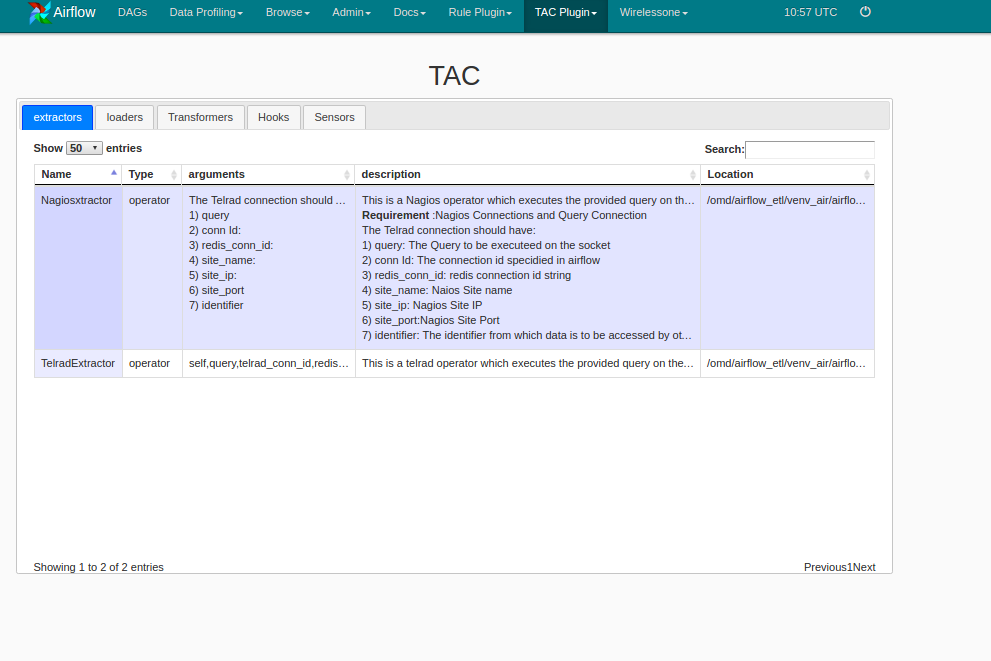

- #AIRFLOW 2.0 PLUGINS UPGRADE#
- #AIRFLOW 2.0 PLUGINS SOFTWARE#
- #AIRFLOW 2.0 PLUGINS SERIES#
- #AIRFLOW 2.0 PLUGINS FREE#
For users of the KubernetesExecutor, we have backported the pod_template_file capability for the KubernetesExecutorĪs well as a script that will generate a pod_template_file based on your airflow.cfg settings. To be compatible with Airflow 2.0 before the upgrade.ģ. We have also backported the updated Airflow 2.0 CLI commands to Airflow 1.10.15, so that users can modify their scripts This backport will give users time to modify their DAGs over timeĢ. Instead, this means that most Airflow 2.0Ĭompatible DAGs will work in Airflow 1.10.15. That 1.10.15 will process these DAGs the same way as Airflow 2.0.

This backward-compatibility does not mean Most breaking DAG and architecture changes of Airflow 2.0 have been backported to Airflow 1.10.15. No new Airflow 1.x versions will be released.ġ.
#AIRFLOW 2.0 PLUGINS UPGRADE#
Upgrade to Airflow 1.10.15 and test their Airflow deployment and only then upgrade to Airflow 2.0.Īirflow 1.10.x reached end of life on 17 June 2021. We strongly recommend that all users upgrading to Airflow 2.0, first That have been backported from Airflow 2.0 to make it easy for users to test their AirflowĮnvironment before upgrading to Airflow 2.0. Airflow 1.10.15 includes support for various features To minimize friction for users upgrading from Airflow 1.10 to Airflow 2.0 and beyond, Airflow 1.10.15 a.k.a “bridge release” hasīeen created.

This is the easiest way to keep track of your overall Airflow installation and dive into specific DAGs to check the status of tasks.
#AIRFLOW 2.0 PLUGINS SERIES#
This is part of our series of articles about machine learning operations.Īpache Airflow's versatility allows you to set up any type of workflow.
#AIRFLOW 2.0 PLUGINS FREE#
Open-source community-Airflow is free and has a large community of active users.Ease of use-you only need a little python knowledge to get started.Airflow can run anything-it is completely agnostic to what you are running. Airflow uses Python to create workflows that can be easily scheduled and monitored.
#AIRFLOW 2.0 PLUGINS SOFTWARE#
First developed by Airbnb, it is now under the Apache Software Foundation. Apache Airflow is an open-source platform for authoring, scheduling and monitoring data and computing workflows.


 0 kommentar(er)
0 kommentar(er)
